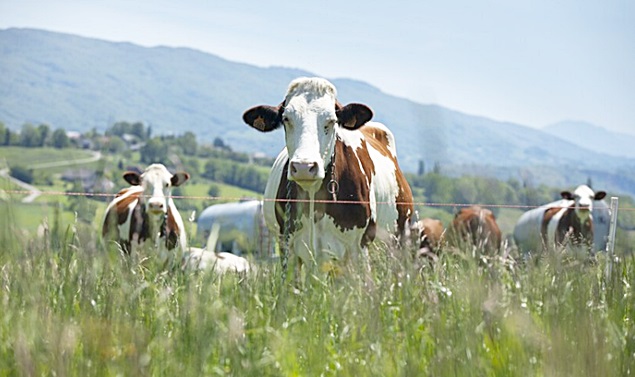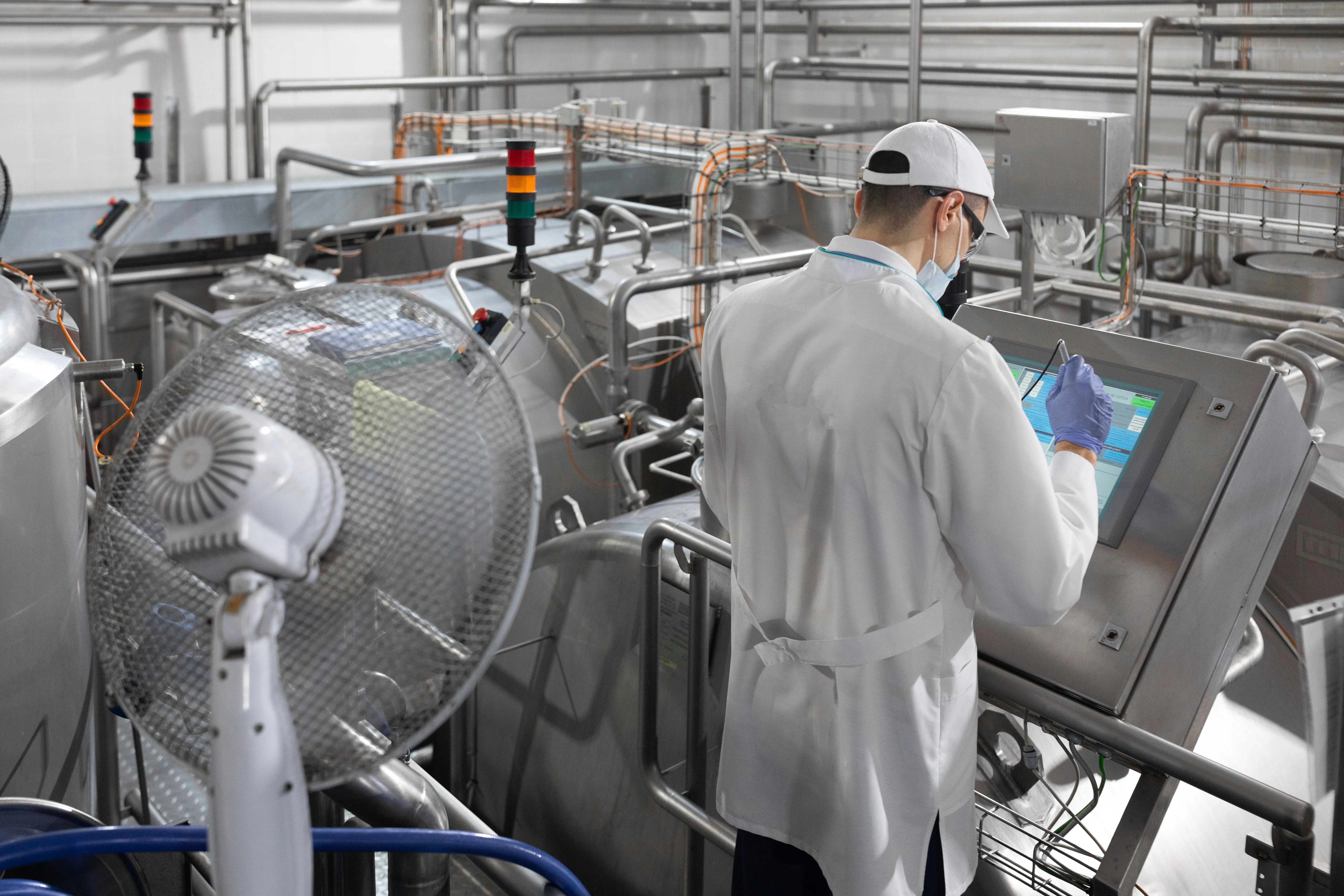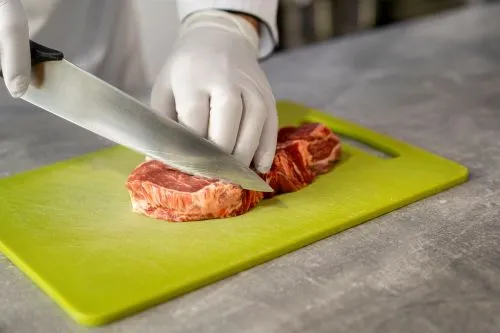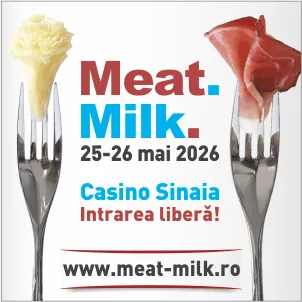
Feeding Systems for Dairy Cows: Ensuring Health and Productivity
Feeding systems for dairy cows play a crucial role in maintaining their health and productivity. Grazing, in its various forms, remains a central component of cattle nutrition, offering multiple benefits for both animals and farmers, notes AllAboutFeed.
Benefits of Grazing for Dairy Cows
Studies have shown that cows that graze outdoors produce milk with a higher concentration of beneficial fats. Additionally, these cows exhibit better overall health compared to those raised exclusively indoors, with notably lower incidences of lameness and mastitis.
Nutritional Composition of Spring Grass
Spring grass is distinguished by its high protein content—approximately 20%—compared to medium-quality silage, which contains around 12% protein.
For this reason, cows feeding on fresh grass require a concentrate with a lower protein content, between 15% and 18% protein on a fresh weight basis.
Zero-Grazing Feeding Systems
In zero-grazing feeding systems, cows are fed freshly cut grass transported to shelters. This method has demonstrated that cows produce milk with higher protein content and an increased concentration of "healthy" fats, such as monounsaturated and polyunsaturated fats.
Furthermore, an increase in conjugated linoleic acid has been observed in the milk of these cows, a compound known for its anti-cancer properties.
Integrating Perennial Legumes into Dairy Cow Diets
Perennial legumes, such as alfalfa, red clover, and white clover, can enhance the nutritional value of grass-based diets and increase milk production. These plants contribute to better digestibility and higher protein intake, positively impacting the health and productivity of cows.
Key Factors in Formulating Dairy Cow Diets
To maximize milk production and maintain cow health, farmers must consider the following factors when selecting feed:
- Water: Ensuring sufficient water intake is crucial for digestion and milk production.
- Energy: Feed must provide enough energy to support daily activities and milk production.
- Proteins: Essential for growth, reproduction, and milk production.
- Fiber: Necessary for proper digestion and maintaining rumen health.
- Minerals and Vitamins: These should not be overlooked, as they play vital roles in various metabolic processes and overall health.
Innovative Alternatives in Dairy Cow Feeding
Recent research has shown that almond hulls can be used as a feed component for cows, providing nutritional value equivalent to medium-quality alfalfa hay.
Including these in the diet at up to 20% of dry matter content does not negatively impact animal performance and can help reduce methane emissions.
Conclusion
Choosing an appropriate feeding system is essential for optimizing dairy cow nutrition. Traditional grazing, zero-grazing feeding, and the integration of perennial legumes are effective strategies to improve animal health and productivity.
Moreover, exploring innovative alternatives, such as utilizing agricultural by-products, can provide sustainable and cost-effective solutions for farmers.





